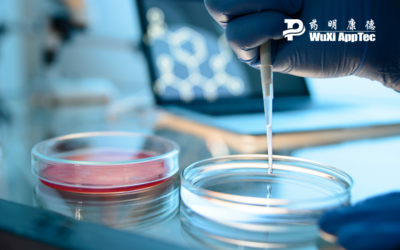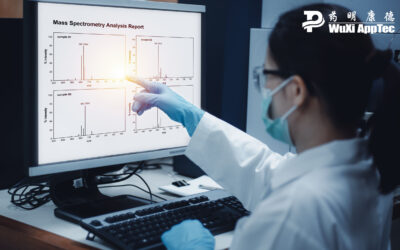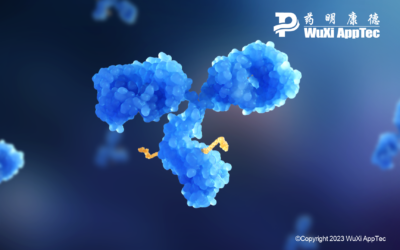To make well-informed decisions about the future of your drug candidate, you need highly accurate and reliable data. Generating such data starts with bioanalytical method development and validation – a precise process that requires support from your testing partner....
Preclinical Testing
3 Common Missteps in Nonclinical Safety Assessment Testing
Safety assessment testing is one of the most involved and complex pieces of an already time-intensive and costly drug development process. Any missteps here can have drastic implications on the rest of your development program. Here are three common pitfalls to avoid....
From screening to IND submission: Biomarker analysis in preclinical drug development
In preclinical drug development, biomarkers are used to quantify drug safety and response. In this blog, we trace the use of biomarkers across this spectrum with tips along the way. Biomarker analysis is a critical piece of drug development that helps provide a...
Early ADME Screening: 3 Ways It Boosts IND Submission Success
Thorough testing of the absorption, distribution, metabolism, and excretion (ADME) properties of a compound has significant downstream effects on the potential success of a drug. Here’s how early ADME screening in particular helps propel you to a successful IND...
What Are Metabolite Profiling & Identification Studies?
Drug metabolism studies (the “DM” of DMPK) are a critical part of understanding drug efficacy and safety across the entire drug development continuum. In this blog, we provide an overview of metabolite profiling and identification studies, including: four types of...
GLP vs. Non-GLP toxicology studies: When to use which guidelines?
Since 1978, when the U.S. FDA issued the Guidance for Industry Good Laboratory Practices Regulations, Good Laboratory Practices (GLP) have been an essential part of the quest to ensure the highest standards in drug development. GLP regulations have ensured that...
Drug-Drug Interaction: An Overview of Substrates and Metabolizing Enzymes
Drug-Drug Interactions (DDIs) occur when a drug affects the efficacy of another drug that is being co-administered, which can result in unexpected side effects. Most drugs are metabolized in the body by enzymes, and changes to these enzymes can alter the effects...
The Inherent Challenges of Antibody-Drug Conjugate (ADC) Bioanalysis
Antibody-drug conjugates (ADCs) target and destroy cancer cells like few available therapies. Highly potent and laser-focused, these tools have been around since 2000; currently, just 14 of them have been approved for use. ADCs are made up of a monoclonal antibody, a...
4 Critical In Vitro Genotoxicity Assays for Preclinical Drug Development
Genetic toxicology studies are an integral part of the basic toxicological information package used in the risk assessment and decision-making process for a new drug. In this short guide, we walk through four critical in vitro genotoxicity assays drug developers need...
Reproductive Toxicology & the EPA’s Tiered Testing System
The endocrine system comprises myriad glands, hormones and receptors throughout the body that regulate biological processes from birth to death. Chief among those processes is the differentiation, growth and function of the human reproductive system. Human...
5 Critical Nonclinical Toxicology Studies Required for IND Submission
Toxicology studies are required for Investigational New Drug (IND) and New Drug Application (NDA) submissions in order to fully define the safety profile of a drug – and maintain the highest level of patient safety. In this short guide, we cover the core battery...
6 Essential Qualities in a Drug Safety Assessment Testing Partner
Drug safety assessment is a highly complex, involved and molecule-specific process, which is why most drug developers benefit from working with a testing partner. But not all CROs are created equal. Here are six characteristics to consider. Safety assessment studies –...











